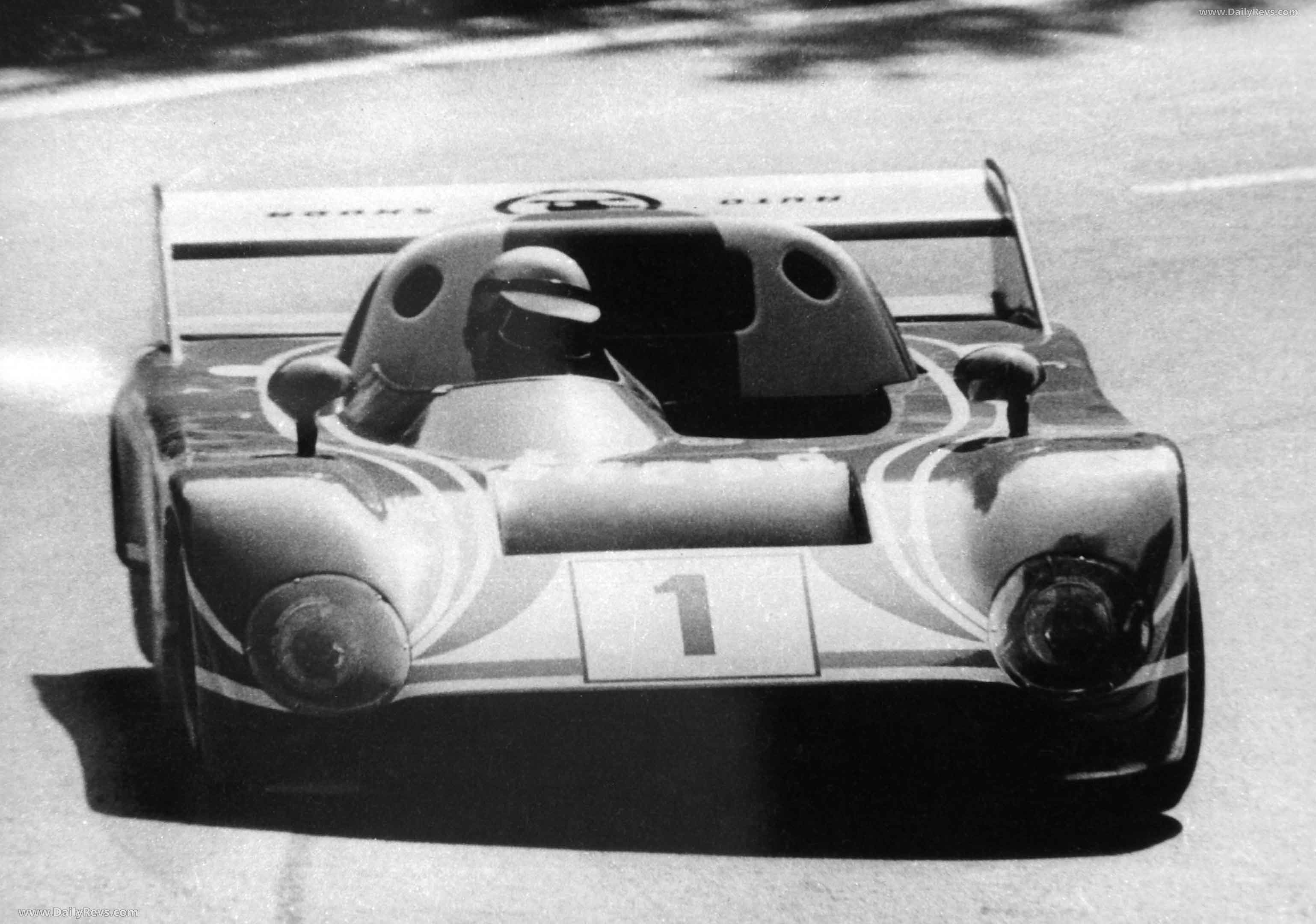1972 Skoda Spider B5
About the Car
1972 Skoda Spider B5
In 1972, the International Automobile Federation (FIA) merged the B5 and B6 classes into the B5 class for vehicles with a maximum engine capacity of 3,000 cm3. In the Czechoslovak championship, the engine capacity limit was changed to 2,000 cm3, which prompted the then state-owned company AZNP (Automobilové závody, národní podnik; today ŠKODA brand) to start developing an open two-seater for circuit and hill climb racing. You can find more visual details of the 1972 Skoda Spider B5 gallery by scrolling up.
Except for the distinctive aluminium body, which could be folded up at the front and rear, the designers mainly used modified parts from the ŠKODA 110 L series model to build the ŠKODA SPIDER B5. The four-cylinder engine with OHC valve control was a prototype from the ŠKODA 720 and produced 150 hp. The basic version of this was intended for new ŠKODA models of a traditional design. The SPIDER B5’s engine was mounted in front of the rear axle.

Only one of these racing cars was produced, and it was characterised by compact dimensions with a length of 3,650 mm, a width of 1,700 mm and a height of 850 mm. The body and engine were continually optimised. The displacement of the engine from the Š 720 OHC series increased from the original 1.5 to 1.6 and finally to 1.8 litres. The final season in 1975 also saw the introduction of an engine with a 2.0-litre capacity, which, depending on the overall transmission ratio, achieved a top speed of 220 km/h. The designers initially fitted the racing car with a five-speed racing gearbox from the Tatra 603, but soon replaced it with a ŠKODA gearbox developed in-house. Apart from a revised steering column, the steering system was identical to that used in the series model. Modified standard brakes (disc brakes only at the front) ensured the necessary deceleration. The double-wishbone axle at the front and the swing axle at the rear were based on the corresponding standard components from the ŠKODA 110. Its coil springs and shock absorbers were designed for a vehicle weight of only 630 kg. Dunlop racing tyres were mounted on the 13-inch aluminium rims.
Its somewhat unpredictable handling earned the SPIDER B5 the nickname ‘Skokan’, which means ‘jumper’ in Czech. Regular driver Jaroslav Bobek came from a famous motorsport dynasty; his older brother Václav had been successfully racing ŠKODA cars since the end of the 1940s, and his son Václav Bobek Jr. competed in Czechoslovakian hill climb races in 1975 and 1976 behind the wheel of the SPIDER B5, which eventually became an exhibit at the factory museum. Jaroslav Bobek switched to the more modern SPIDER II Type 733 with a two-litre engine during this period after numerous victories on circuits and hill climbs at home and abroad, winning two championships in 1972 and 1974.
The ŠKODA 720 series aluminium engine had either OHC or DOHC valve timing, dry-sump lubrication and delivered up to 180 hp. The FT200 transmission, Girling brakes and Koni shock absorbers were imported. The suspension of the 13-inch wheels with double wishbones at the front and multi-link suspension at the rear reflected the advanced technology in European racing cars of the time; the tyres were supplied by Goodyear. With an unladen weight of 585 kg, the SPIDER II reached a top speed of 200 to 240 km/h, depending on the gear ratio, and accelerated from
0 to 100 km/h in just 4 seconds.
1972 Skoda Spider B5 Front View 3/4

Jaroslav Bobek competed in several races in the 1975 season with this prototype, including the famous Ecce Homo hill climb in Šterberk near Olomouc. It was there that he became the first starter ever to achieve a time of under four minutes. The SPIDER II was also among the front runners in other races and claimed several victories. The career of the fastest ŠKODA car of all time ended with a freak accident at the hill climb in Hlásná Třebáň. The victorious Jaroslav Bobek crossed the finish line and collided with another car that was reversing in the finish area for unknown reasons. The drivers were unharmed, but the self-supporting skeleton was so badly damaged that the car was not repaired at the time.
The ŚKODA SPIDER B5 is now one of the ŠKODA Museum’s most valuable exhibits, and the ŠKODA SPIDER II is currently undergoing extensive restoration.










